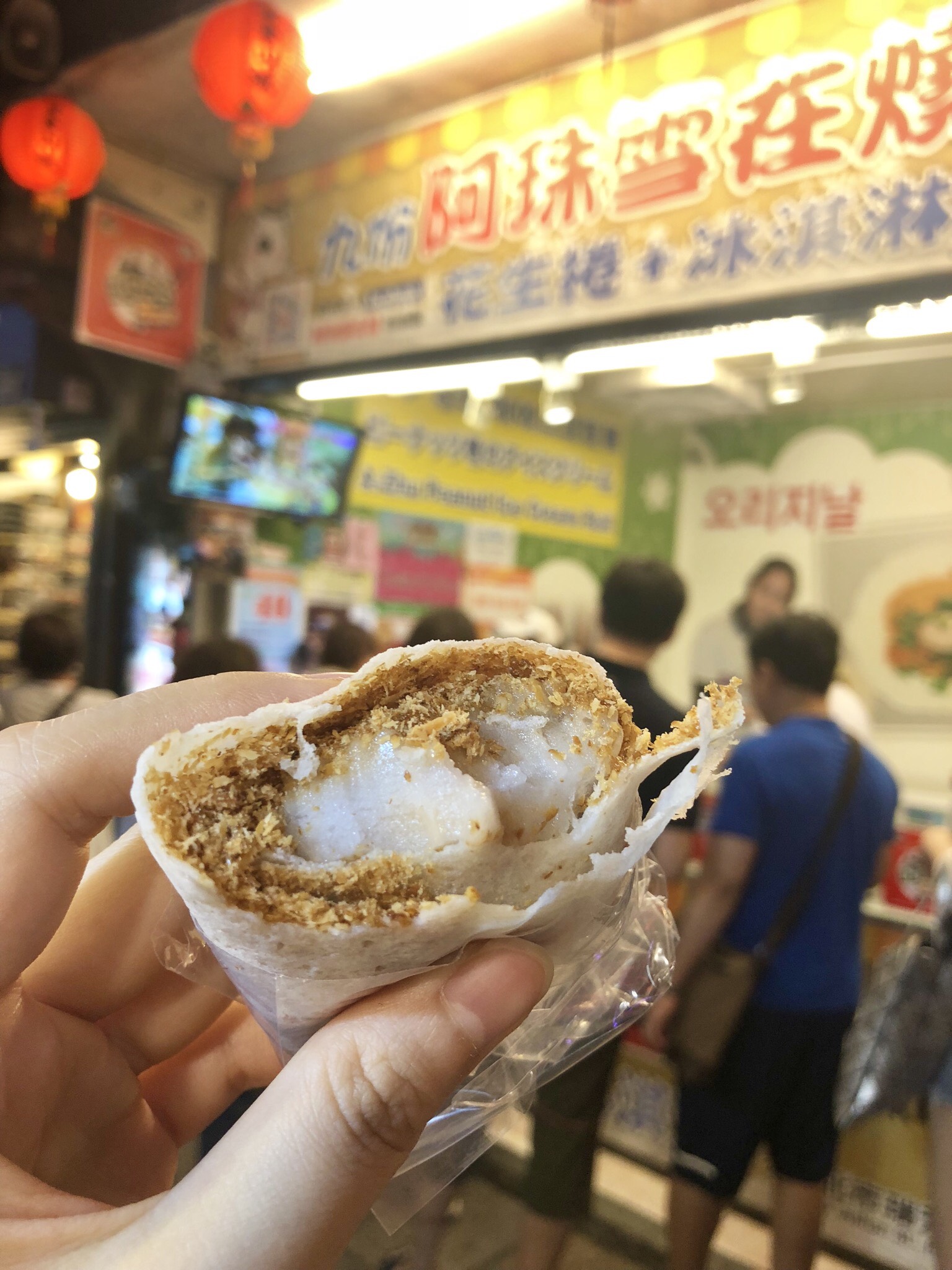Taipei | Night Markets & Noodle Soups
When we landed in Taipei for our weekend trip over chuseok, Korea’s mid-autumn festival, I was surprised to notice that the city seemed remarkably familiar. Having grown up in Hong Kong, I like to think of Taipei as our cosmopolitan cousin, connected through our strange and sometimes contentious relationship with China — who, in this analogy, would play the overbearing, girthy great-uncle in our family tree.
For those who need a quick primer on Asian history, Taiwan was ceded to Japan after the Sino-Japanese War in 1895, only to be handed back 50 years later after the end of WWII. The Republic of China, established on the mainland when Taiwan was under Japanese rule, took control of the island. However, things got messy again with the resumption of the Chinese Civil War, leading to the ROC government’s loss of the mainland to the Communist Party and their subsequent flight to Taiwan.
Taipei’s unique character as shaped by its history can be seen in many aspects of its culture, and especially through its food. The famous night markets are both a literal and metaphorical hotpot of eats and treats, embodying in the tastiest of ways their Chinese culture with a curious fusion of Japanese, Southeast Asian and American influences. Xiaochi, or “small eats,” run the gamut from Middle Eastern-derived kebabs to Portuguese-style egg tarts, and allow for a quick snack or a full meal, depending on how hungry you are.
The history of night markets can be dated back to the Chinese Tang Dynasty in the year 836, when there existed strict regulations on how cities are constructed. Called shi-fang (市坊), these regulations separated commercial marketplaces (shi, or 市) from residential neighbourhoods (fang, or 坊), controlling the time, size and place for the sale of goods. With the flourishing of trade in the Song Dynasty, these restrictions were loosened, leading to the vast expansion of night markets in cities.
Another version of the origination story specifies that night markets began as a place of gathering. As locals were busy working during the day, they were only able to worship later in the evening. Peddlers sold offerings in front of temples, and began to sell food to hungry worshipers until their stalls burgeoned into a full-fledged market. Discerning purveyors may notice that every night market allegedly has one or two temples in its midst.
At the Shilin Night Market, considered the largest and most popular in Taipei, we wove our way through the crowded streets in search of some xiaochi, bubble tea in hand and breath bated as we speed-walked our way past stinky tofu stalls. We began by whetting our appetites with an array of meat skewers. I was amused to find one dubbed “big sausage hugs small sausage,” which we discovered is a Taiwanese pork sausage wrapped in a sticky rice sausage. Our favourite bite, though, came from a stall selling Fuzhou black pepper pork buns — piping hot buns stuffed with succulent minced pork, baked fresh on the insides of a cylindrical clay oven. While my tongue didn’t escape unscathed from the heat, it didn’t quite keep us from scarfing them down (and then lining up to buy another one).
Dessert — and another favourite from our trip — came in the form of a peanut ice cream roll, which we sampled at the street market at Jiufen, a beautiful mountain town that was originally built by the Japanese, and Miyazaki’s inspiration for Spirited Away. A gigantic block of peanut brittle candy is shaved using a wooden tool, the shavings of which are poured into the center of a paper-thin crepe. Nestled on top are two scoops of taro ice cream, and, optionally and curiously, some coriander. The whole thing is then wrapped up like a little burrito. Surprisingly, it wasn’t sickeningly saccharine, as the coolness of the ice cream balanced out the caramel sweetness of the peanut candy. This was another one we got seconds…and thirds of, and urged strangers from Korean tour groups to try.
Aside from street food, we also slurped on some beef noodle soup, or niu rou mian — another Taiwanese staple. To ensure we had the best in the city, I consulted my college roommate, whose favourite dish in the world is beef noodles, and with whom I mentally equate the words “beef noodle soup.” At Shiji Authentic Beef Noodle Restaurant, steaming bowls are served atop traditional wooden tables, thin, chewy noodles swimming in a rich and apparently award-winning broth. The bowl is crowned with hearty slices of braised beef, which only emphasizes the earthy flavours of the beef stock.
Although beef noodles are also found in China and Hong Kong, what makes these beef noodles distinctly Taiwanese is the addition of soy sauce, transforming it into a different species of its own: “red-braised beef noodle soup.” This iteration is said to have been invented by Kuomintang veterans who fled to Taiwan from China during the Chinese Civil War. The beef is often stewed with the broth and simmered, often for hours, infusing the soup with its deep, rich taste. Adding garlic or doubanjiang (fermented chili bean sauce) adds a spicy kick — we even bought a little jar of the restaurant’s signature chili oil to take back home.
While our trip was also more than just eating — like visiting the oceanside Yehliu Geopark, enjoying the view on top of Taipei 101, and ogling a stone in the startling likeness of a slab of pork belly at the National Museum — there is no doubt that the food in Taiwan plays a central role in experiencing its unique and colourful culture. I may have previously thought of noodles not as the main star of a dish, but merely as vehicles for the soup or sauce, but this small island in the East Asian sea may have changed my mind.








